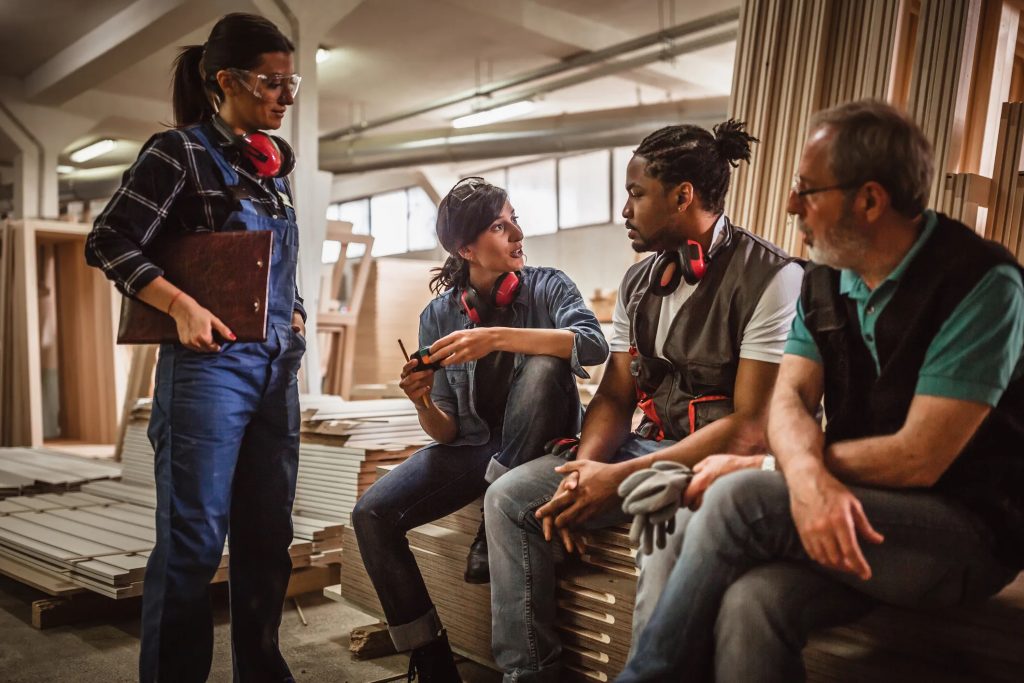Work safety is of utmost importance in any industry, and particularly in the construction sector where workers are often exposed to various hazards. When working alongside other trades in construction, it is crucial to prioritize safety and take necessary precautions to prevent accidents and injuries. Here are 12 things to remember:
1. Communication: Maintain clear and effective communication with workers from other trades to ensure everyone is aware of potential hazards and safety procedures.
2. Personal Protective Equipment (PPE): Wear appropriate PPE, such as hard hats, safety goggles, gloves, and steel-toed boots, to protect yourself from potential hazards.
3. Fall Protection: Use fall protection equipment, like harnesses and guardrails, when working at heights to prevent falls and ensure a safe working environment.
4. Tool Safety: Handle tools properly, ensuring they are in good condition and used for their intended purpose. Store tools safely when not in use to prevent accidents.
5. Electrical Safety: Be aware of live electrical wires and follow proper procedures when working near electrical sources. Use insulated tools and wear appropriate protective gear.
6. Hazardous Materials: Identify and handle hazardous materials, such as chemicals and asbestos, in accordance with safety guidelines. Follow proper disposal procedures to minimize environmental impact.
7. Housekeeping: Maintain a clean and organized work area to reduce the risk of slips, trips, and falls. Remove debris, tools, and equipment from walkways and stairwells.
8. Traffic Control: Implement proper traffic control measures, such as barriers and signage, to protect workers from moving vehicles and equipment.
9. Ladder Safety: Use ladders that are in good condition and positioned on stable ground. Follow proper ladder safety protocols, such as maintaining three points of contact and avoiding overreaching.
10. Emergency Preparedness: Familiarize yourself with emergency procedures, including evacuation routes and assembly points. Be prepared to respond to accidents, fires, or other emergencies.
11. Risk Assessment: Conduct a thorough risk assessment before starting work to identify potential hazards and develop appropriate safety measures.
12. Training and Education: Ensure that workers are adequately trained and educated on safety procedures, including those specific to working alongside other trades. Regularly update skills and knowledge through training programs.
Remember, safety is a collective responsibility. By following these guidelines and promoting a safety-conscious culture, you can contribute to a safer work environment for all workers in the construction industry.

